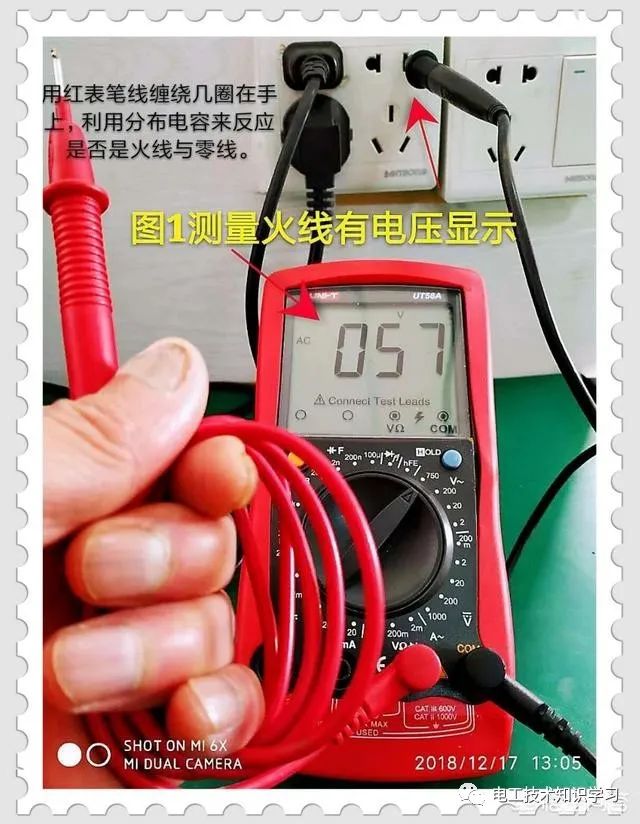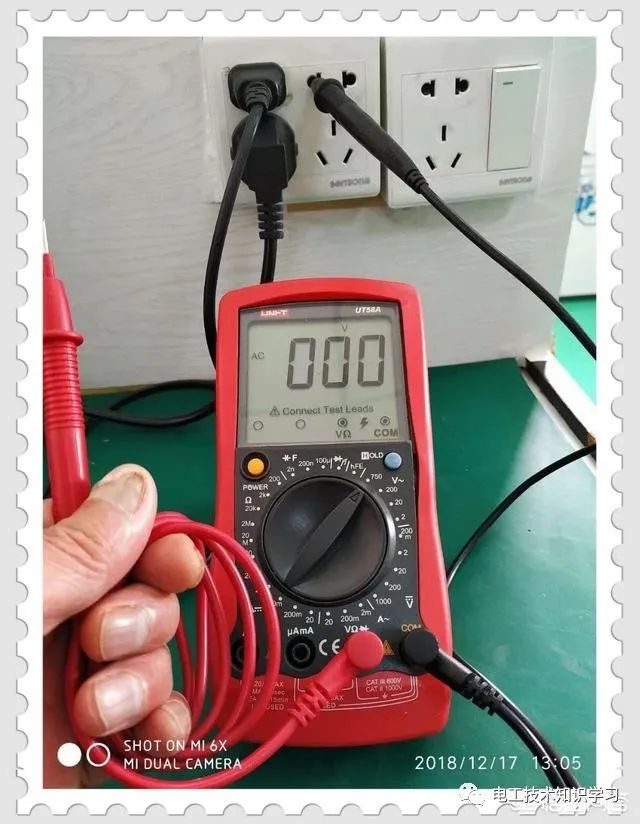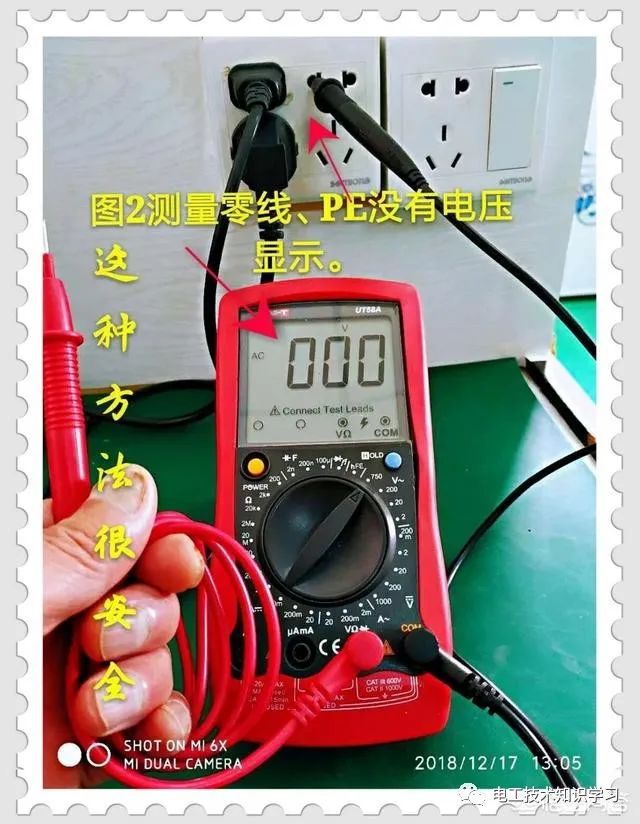Click the above↑↑↑『Electrical Engineering Technical Knowledge Learning』Follow this public account to join the WeChat group for free technical consultations
How to Convert Three-Phase Power to 220V and Create a Neutral Wire
More than 60 Brands of Inverter Passwords, Internal Documents Recommended to Keep
Collect the Most Comprehensive Electrical Engineering Mnemonics, No Need to Search Everywhere, Just Save
Do You Know How the Power Company Detects Electricity Theft?
Common multimeters are divided into analog multimeters and digital multimeters; most analog multimeters do not have a setting for measuring AC current, so they cannot directly measure leakage current; however, digital multimeters all have AC current measurement settings, making them fully capable of measuring leakage values in power lines; if a digital clamp meter is available, measuring leakage current is the most convenient.
Leakage can be categorized into two types: line leakage and equipment leakage;
① Line leakage refers to leakage current that occurs when the load on the line is not connected to the power supply, and the line itself has reduced insulation performance, forming a loop with the ground.
② Equipment leakage refers to the leakage current formed by the internal coils of the equipment, etc., with the ground, depending on the size of the insulation resistance value.
No matter what type of multimeter is used, the measured insulation resistance value of the line is not standard (measuring the insulation resistance of the line must use a dedicated megohmmeter), even if you use a multimeter to measure the insulation resistance of the line, it is only a reference value and can differ greatly from the actual insulation resistance value; because multimeters generally use stacked 9V batteries, they only apply 9V DC voltage for line measurements, while AC power lines operate at 220V or 380V.
If the questioner is using a digital multimeter, they can set the multimeter to the AC current setting. As shown in the image below.
(1) Measuring line leakage is relatively simple; multimeters measure current in series with the line or device. When the line is not connected to power, at the output end of the power circuit breaker (the line connection needs to be disconnected), directly connect in series between the circuit breaker output and the line connection. Note that a regular digital multimeter should initially set the current range to a higher value; the multimeter I used in the image above has an automatic range switching function. The current value measured at this point is the leakage current in the line.
Measuring equipment leakage is more complicated because the outer casing of electrical equipment is usually grounded mechanically. If you want to measure leakage with a multimeter, you need to lift the equipment off the ground, and while the equipment is powered, connect one end of the multimeter to the ground and the other end to the electrical equipment. The current measured by the multimeter at this time is the leakage current.
(2) How to use a digital multimeter to measure the live wire in a circuit? First, set the digital multimeter to the AC ~750V range, and either the red or black probe can be wrapped around your hand 3 to 5 times, while the other probe touches the metal terminal or socket of the conductor. Please see the image below.
This method utilizes the principle of distributed capacitance formed by the wire’s contact with the human body (the more turns of the conductor, the larger the capacitance formed with the body), and the sensitivity of a digital multimeter is higher than that of an analog multimeter. Therefore, the value displayed on the digital multimeter will be greater.
The above method is one I often use; generally, I wrap the probe wire around my hand 4 times, and the measured result is ~57V, which undoubtedly indicates it is the live wire. Keeping the probe wrapped around my hand, I then use the black probe to touch the neutral line N and the PE protective ground. 
This method also utilizes the principle of distributed capacitance formed by the wire’s contact with the human body (the more turns of the conductor, the larger the capacitance formed with the body), and the sensitivity of a digital multimeter is higher than that of an analog multimeter. Therefore, the value displayed on the digital multimeter will be greater.
The above method is one I often use; generally, I wrap the probe wire around my hand 4 times, and the measured result is ~57V, which undoubtedly indicates it is the live wire. Keeping the probe wrapped around my hand, I then use the black probe to touch the neutral line N and the PE protective ground. Please see the image 2 below.
At this point, if the digital multimeter shows 000, it indicates that the live wire, neutral wire, and PE protective ground have all been detected.
Everyone knows that capacitors can isolate DC and pass AC. This method is mainly safe, convenient, and can be used in any situation.
Source: All intellectual property rights of this article belong to the original author

★★★★★★★
Review classic articles by clicking to view directly
Common mnemonics for electricians—Highlights of household lighting circuits—What is a five-prevention switch cabinet––How to handle circuit breaker overcurrent trips—Differences between circuit breakers and leakage protectors––Wiring specifications for electricians––Three standard connection methods for wires—How to use digital multimeter—Repair rules that experienced electricians won’t tell you—German low-voltage engineer’s expertise is admirable—Comparison and analysis of various switch wiring diagrams and physical diagrams—Basic knowledge of PLC—Complete symbols for electricians—Precautions and introductions for strong and weak current construction—Inspection and maintenance content for low-voltage distribution devices—How to convert three-phase power to 220V and create a neutral wire —35 common mistakes electricians make—Calculation methods for motor rated current—What is the function of a contactor
The spirit of selfless dedication is the basic connotation, continuously enriched and developed in practice.
Reading is a form of growth, reprinting is a form of wisdom, sharing is a virtue

